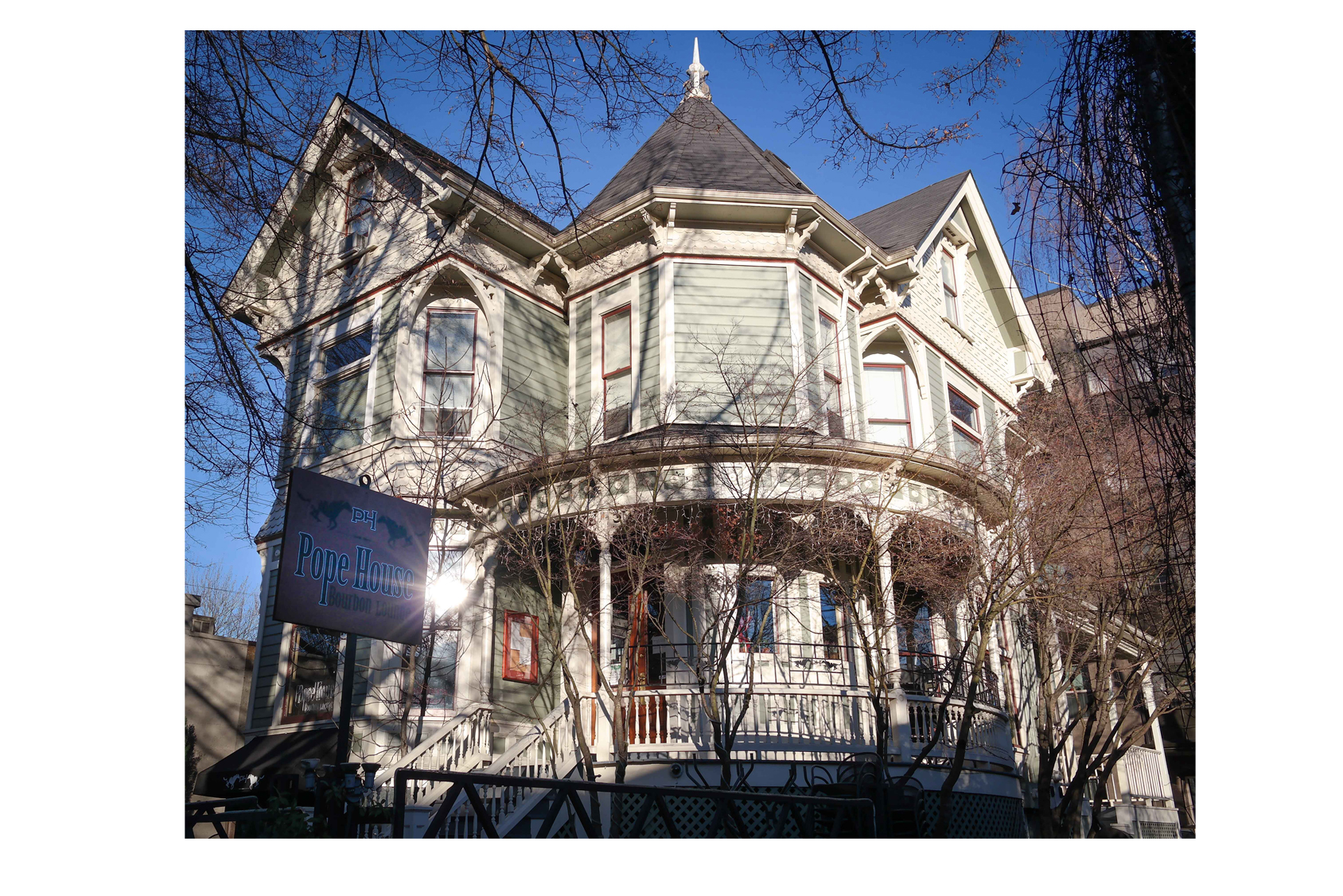Dark days for campus media
Portland Community College’s student-run newspaper The Bridge became its own front page story last May when a prediction of its own demise dominated the cover: a grave and headstone reading, “Here Lies the Bridge, September 1964 – May 2005.”
“Someone notice us,” begged a headline inside. The article went on to say “The Bridge was or is on the cut list (No one seems to be able to get a straight answer on the subject from the administration).”
Though the future of the Bridge was uncertain when their last issue printed May 26, the fears for the paper’s fate have been confirmed. The Bridge has been cut completely from PCC’s 2005-2006 budget, leaving the college’s three campuses, numerous training centers and other facilities without a student newspaper.
Neal Naigus, spokesman in the president’s office at PCC, said that the estimated $88,000 cut “had nothing to do with content” in the paper and that “essentially it was cut for economic reasons.”
Lack of student support and the model by which the newspaper was funded also factored into the decision, he said. “It’s a student newspaper, but it’s run by the administration, and that doesn’t make any sense.”
While students were responsible for the inner workings of the Bridge, including choosing content and the hiring and firing of employees, funding came from the college’s general fund, a combination of tuition, state, and property taxes. Student publications at many other colleges and universities are funded by student fees or by other means.
Naigus said there was also insufficient support in place to coach students on becoming better writers and reporters. “It was a program that wasn’t providing a whole lot of benefit to students.”
Cutting the Bridge was a move that some call not only unorthodox, but a decision that could be damaging to a college community.
“This is a pretty drastic step and not one that I’ve heard community colleges of equal size taking,” said Mike Hiestand, attorney and legal consultant to the Virginia-based Student Press Law Center. “Particularly at a community college, when a sense of community is already somewhat challenging to achieve… lack of a student newspaper can leave a real void on campus.”
Hiestand added that college newspapers provide students with a vehicle to express their opinions that not many classes or other programs can offer.
“These people weren’t able to see the value of the student paper beyond money,” Gross said.
He describes the Bridge defunding as a disheartening experience. Meager resources made it difficult to put out a paper of the quality the staff would have liked, and the administration left them unclear about whether or not the Bridge would receive funding for the following year.
“They kept us in the dark. We had no idea if we were going to be shut down… [the Bridge] wasn’t a voice that a lot of people were listening to, but [lack of administrative support] added to the feeling of ‘why bother?'”
“There are some problems with the Bridge, there’s no doubt,” said PCC English professor, Michael Denbrow, an advocate to continue the newspaper. He said the Bridge tended to be focused on the Sylvania campus where its office was located, making it difficult for students from the other two large campuses to become invested in the paper.
Denbrow, who sat on the College Advisory Board as a faculty representative, said they were told at budget meetings that the Bridge was being cut not just for financial reasons, but because the administration was concerned that it was ineffective in building readership.
The administration is still interested in having a paper but would rather see it attached to an academic program or supported by a student group. The school is open to proposals outlining alternative funding plans from Bridge supporters, Naigus said, and the PCC student government has the option of funding the paper out of their budget.
“If the Bridge comes back, it has to sort of build itself up as a new program,” Denbrow said, “It is going to take some organizing to keep this from fading away.”



